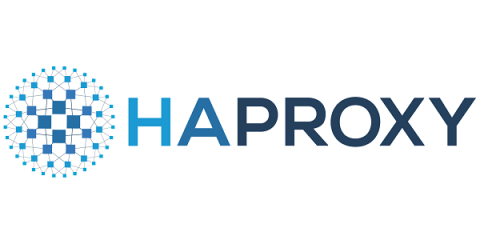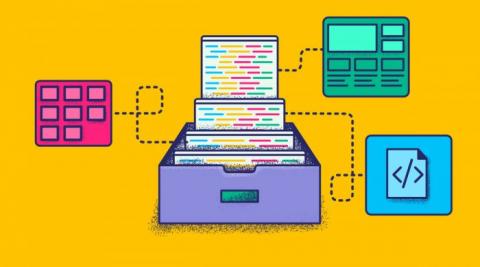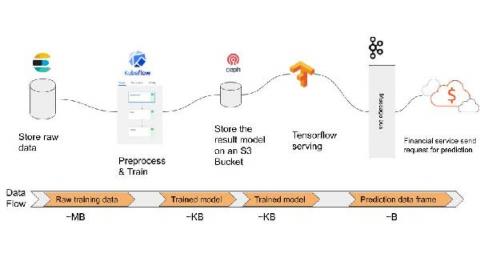Operations | Monitoring | ITSM | DevOps | Cloud
Latest News
Secure Kubernetes by default with support for GKE Shielded Nodes on Ocean
Security remains a consistent priority for cloud providers to ensure that customers are always protected, data is secure and applications are safe. Users of Google Kubernetes Engine (GKE) are provided with ways to maintain the integrity of the compute instances that applications are running on top of.
Container deployment showdown: Docker or Kubernetes?
Monitoring the current state and performance of applications is critical for IT Ops and DevOps teams alike. Understanding the health of an application is one of the most effective ways of anticipating potential bottlenecks or slowdowns, yet it’s one of the largest challenges faced by many organizations that build and deploy software. This is largely due to applications’ distributed and diversified nature.
What is GitOps, Where Did It Come From, and Why Should You Care?
“What is GitOps?” – a question which has seen increasing popularity on Google searches and blog posts in the last three years. If you want to know why then read on. Quite simply, the coining of GitOps is credited to one individual, and pretty smart guy, Alexis Richardson. He’s so smart that he’s built a multi-award-winning consultancy, Weaveworks, and a bespoke product, Flux, around the GitOps concept.
The Importance of Communication in Software Development Teams
Programming is often thought of purely as a problem-solving activity. This may be true for the lone coder in their garage, but in the multi-person environment of an Agile team, such problem solving must be collaborative. In this article, we’ll look at the role of communication in software development, particularly in an Agile framework. Covid-19 has forced an unprecedented shift to remote working so we’ll finish up with a discussion of how Agile can be implemented in a remote setting.
Automating key rotation for CI/CD pipelines
With the new Contexts API release, developers can save their team valuable time while enhancing security practices. We know maintaining your organization’s security is crucial. There is the need to meet strict compliance guidelines, such as FedRAMP and GDPR, and what seems to be an increasing number of breaches, like the compromise of over 150,000 video security cameras as a result of a targeted Jenkins server.
AI on premise: benefits and a predictive-modeling use case
Running an Artificial Intelligence (AI) infrastructure on premise has major challenges like high capex and requires internal expertise. It can provide a lot of benefits for organisations that want to establish an AI strategy. The solution outlined in this post illustrates the power and the utility of the universal Operator Lifecycle Manager (OLM) using Juju, a universal OLM, to create and manage on premise AI infrastructure.
SREview Issue #11 March 2021
Announcing the Rollbar Terraform Provider For Managing Rollbar Automatically
It can be really exciting when your development team is growing fast! But then you soon realize that managing all the developer tools to constantly create new projects or add users is becoming a full-time job. Well, not anymore. At least, not for Rollbar. We’re releasing our HashiCorp Terraform Verified Provider for Rollbar today, built in partnership with HashiCorp.











